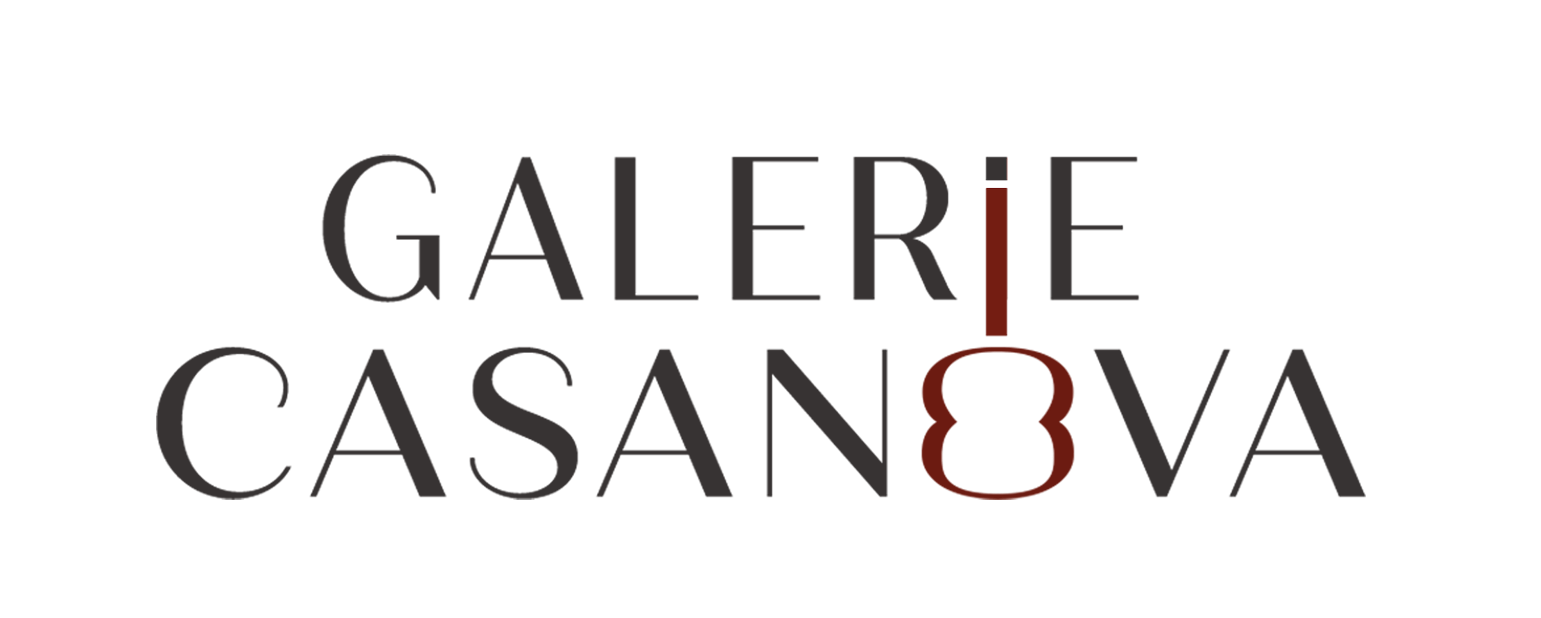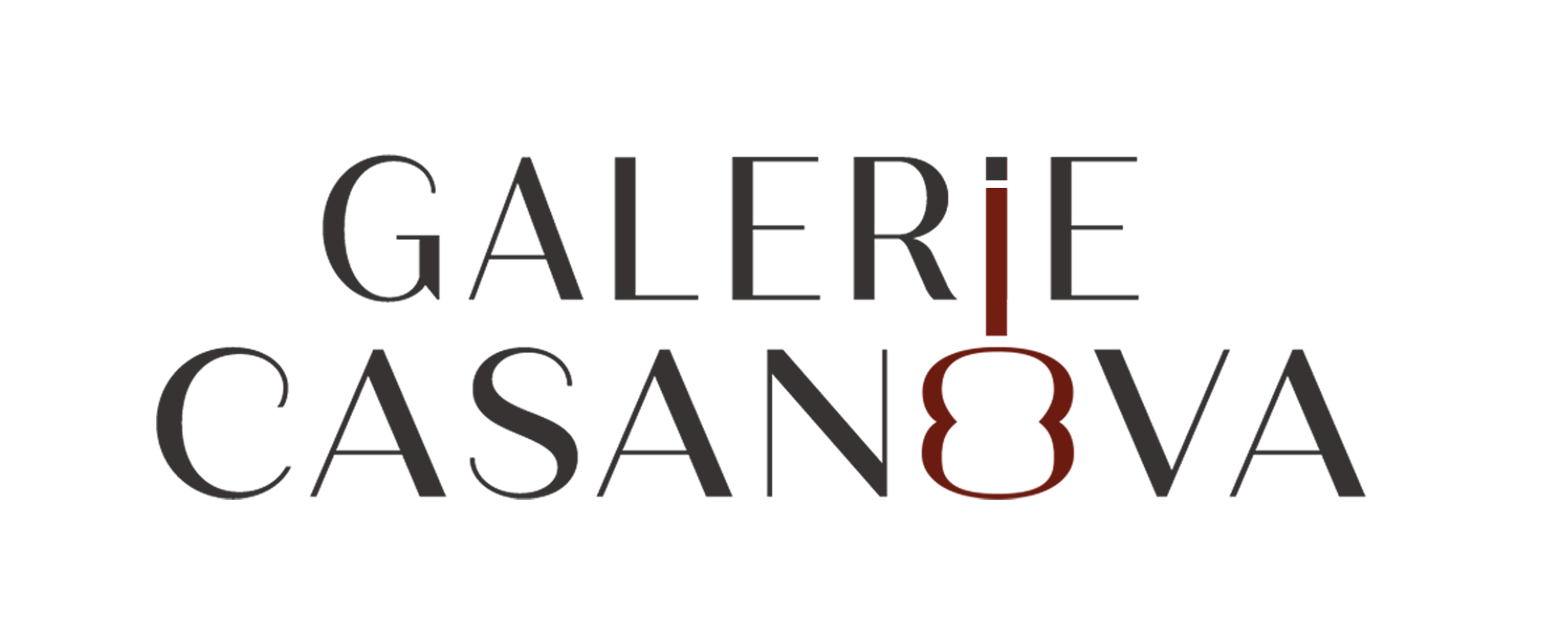Flamenca
THE FLAMENCA GUITAR
In the 18th century, flamenco was still only an introspective and demonstrative Andalusian dance, like the whirling dervishes, which was danced alone and drew its sources from the remnants of the Arab-Andalusian tradition and its gypsy creolization. In the last third of the 19th century, this extremely codified art integrated the guitar as an accompanying instrument into its instrumentarium of percussion and voice. In doing so, the guitar would soon merge with the very style of flamenco, from which it could not be dissociated today. Who says flamenco says guitar, who says flamenco guitar says Andalusian Gypsies, who says all this says duende, the living and free force that comes from the moment where the soul vibrates to the sound of guitar strings of course. At the height of the duende one shouts out Olé, an evocation of the name “Allah”, just as in the Greek popular music form of rebetiko, Jesus is invoked as “Yasu!” as the artists reach a form of spiritual transcendence in the middle of an ecstatic solo.
To the eyes of a neophyte, the flamenco guitar may look deceptively like a classical guitar, itself descending from medieval citoles. And indeed, they are fundamentally the same instruments, built by the same luthiers, spare a few differences – mainly, classical guitars were built using rare, exotic woods like rosewood, while flamenco guitars, due to the more modest means of their traveling players, were built from locally available, so cheaper, cypress wood. Instead of the fancy and often fragile tuning machines, flamenco guitars also retained the more ancient tuning pegs. Upon closer inspection, small differences make it a very different instrument: the wood used, namely a shallower cypress body that offers a more percussive sound; a lower string height on the fingerboard – called “action” -; the persistence of old, simple and light peg tuners, and finally a golpeador, most often black or white, a cellulose protection plate glued to the top which prevents premature wear of the wood of the top under the blows, ” golpe” in Spanish, finger percussion, technique specific to the style.
A few key names to remember: that of the great Barcelona luthier Ignacio Fleta (1897-1977); Manuel Ramírez (1864-1916); Domingo Esteso (1882-1937); Santos Hernández (1874-1943); Marcelo Barbero (1904-1955). Among the abundance of gypsy musicians who have built the tradition of flamenco, the major contribution recorded on disc of the leading musicians Ramon Montoya (1879-1939), Sabicas (1912-1990); Paco de Lucia (1947-2014) who revolutionized the genre and gave it its letters of international nobility since the sixties. Finally the contemporaries Pepe Habichuela (1944), Gerardo Nunez (1961), Vincente Amigo (1967). We forget a lot here… So, to conclude, we might as well quote the most forgotten of all: its existence is reported to us from the pen of Charles Baudelaire in “Du vin et du haschisch”. He evokes an exceptional gypsy guitarist who crossed paths in Spain with a young, wandering Niccolo Paganini (1782-1840), and crossed strings! The latter, who was not yet at the height of his glory, reported that he did not know a more virtuoso musician than this gypsy. Coming from this frenzied instrumentalist to whom the Church itself refused a religious burial, we may lend ourselves to dreaming about what this infernal duet may have sounded like! Perhaps it is the paradise, the elsewhere and another time, of which Reinhardt and Grappelli give us an idea?! Posterity will not have remembered the name of the sidekick of Niccolo Paganini, an unknown flamenco guitarist, and the poet wonders in what ditch, in what ravine his flaming spirit and his earthly remains will have been laid to rest…
This is enough to stimulate some new “compas” to the most inspired flamenco players!

